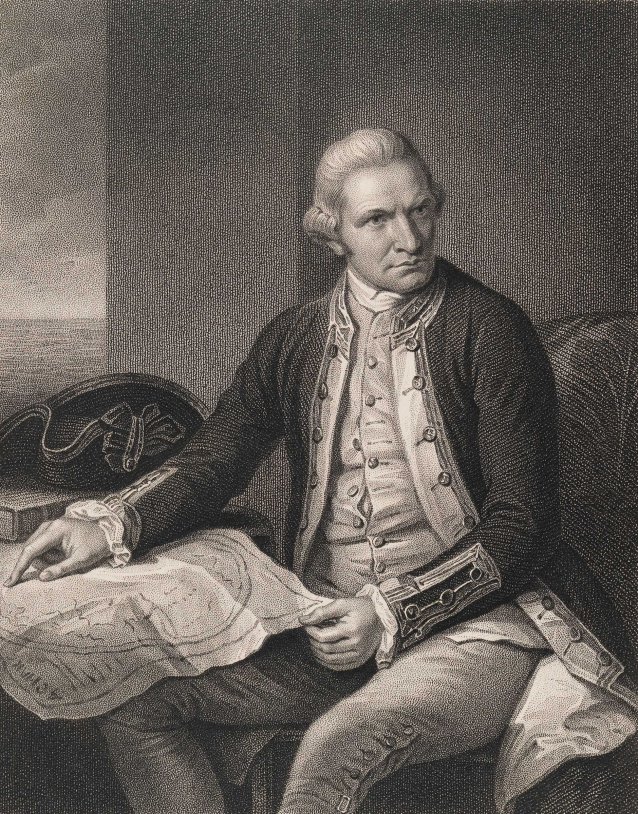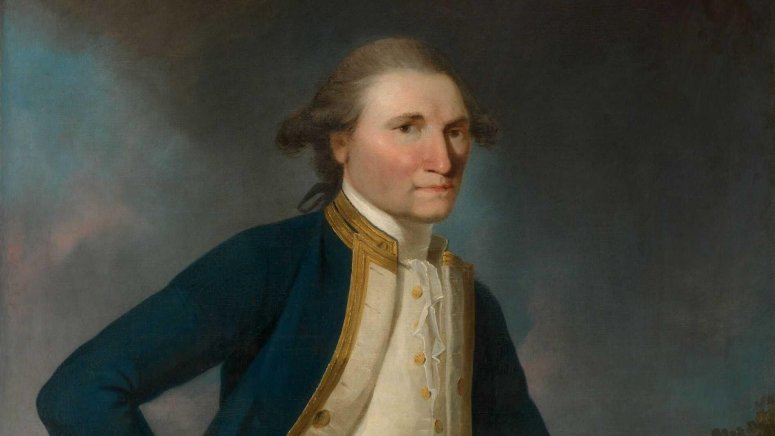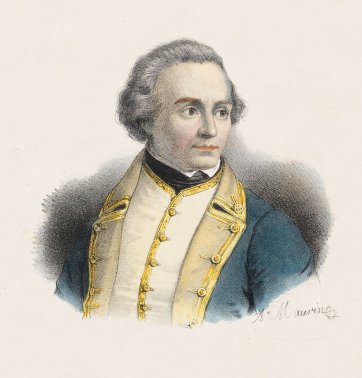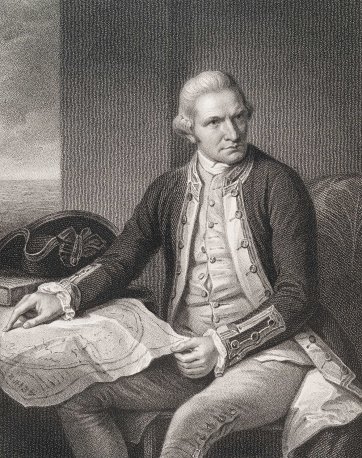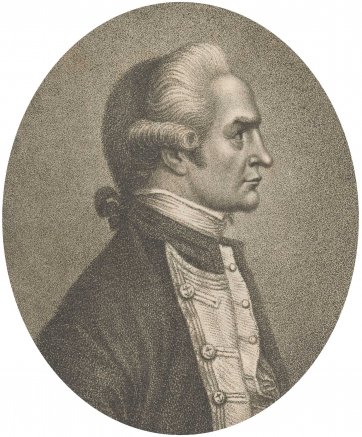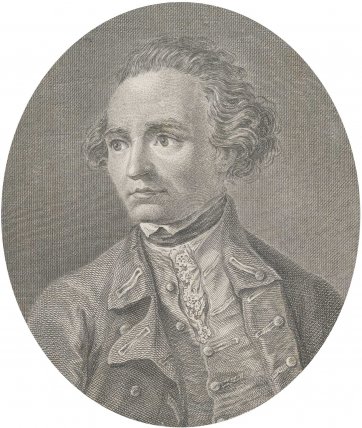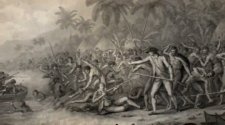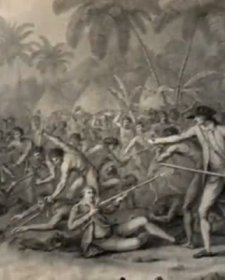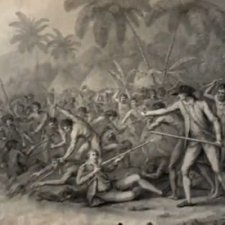James Cook (1728-1779), maritime explorer, surveyed and claimed the east coast of Australia on the first of his three great voyages of discovery in the Pacific. Cook's father was a labourer and he attended the village school before gaining a job in a shop. In 1747 he took up an apprenticeship with a coal-shipper in Whitby. Through application to his studies, particularly of mathematics, he prospered, and saw action around the Gulf of St Lawrence, where he developed his extraordinary expertise in surveying and mapping. In mid-1768 he was chosen by the Admiralty to observe the transit of Venus in Tahiti. Henceforth, he was almost continually at sea until his death in early 1779. Cook opened up vast areas that had previously been only tentatively investigated, and charted them with extraordinary accuracy. Accounts produced from his voyages provided Europeans with their first glimpse of the culture, wildlife and geography of lands as diverse as Tahiti and Alaska, and as a result of measures he took to raise standards of hygiene and nutrition on board his ships, there was an appreciable improvement in the health of future British seamen. Cook was killed at Kealakekua Bay, Hawaii, on 14 February 1779, after having left and then returned to make essential repairs.
Collection: National Portrait Gallery
Gift of Ted and Gina Gregg 2012
The National Portrait Gallery respects the artistic and intellectual property rights of others. Works of art from the collection are reproduced as per the
Australian Copyright Act 1968 (Cth). The use of images of works from the collection may be restricted under the Act. Requests for a reproduction of a work of art can be made through a
Reproduction request. For further information please contact
NPG Copyright.
